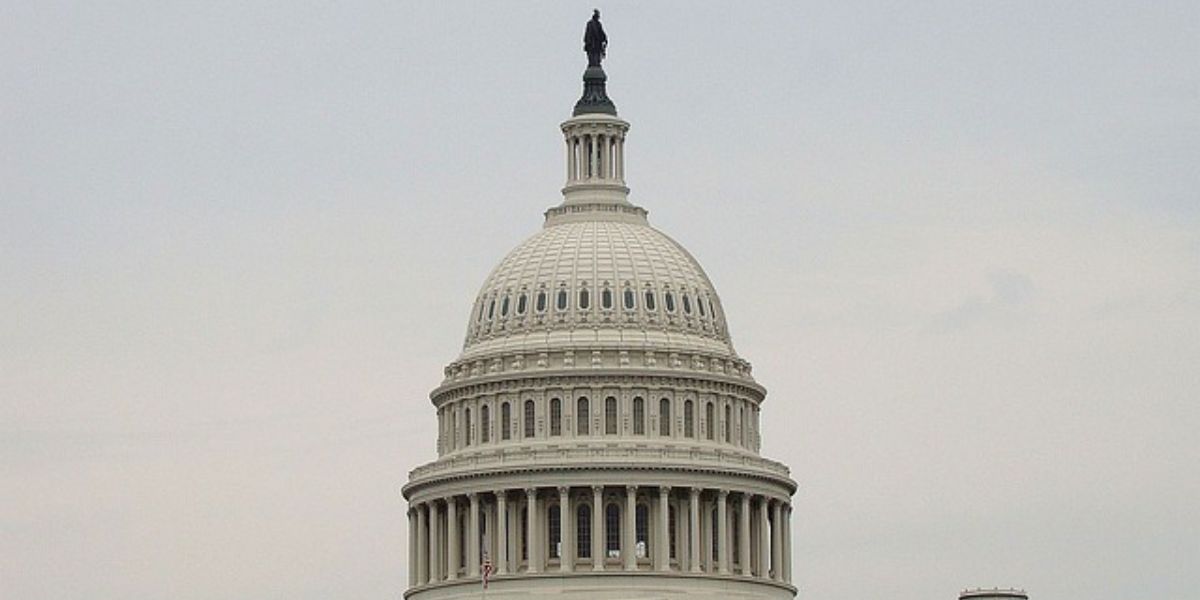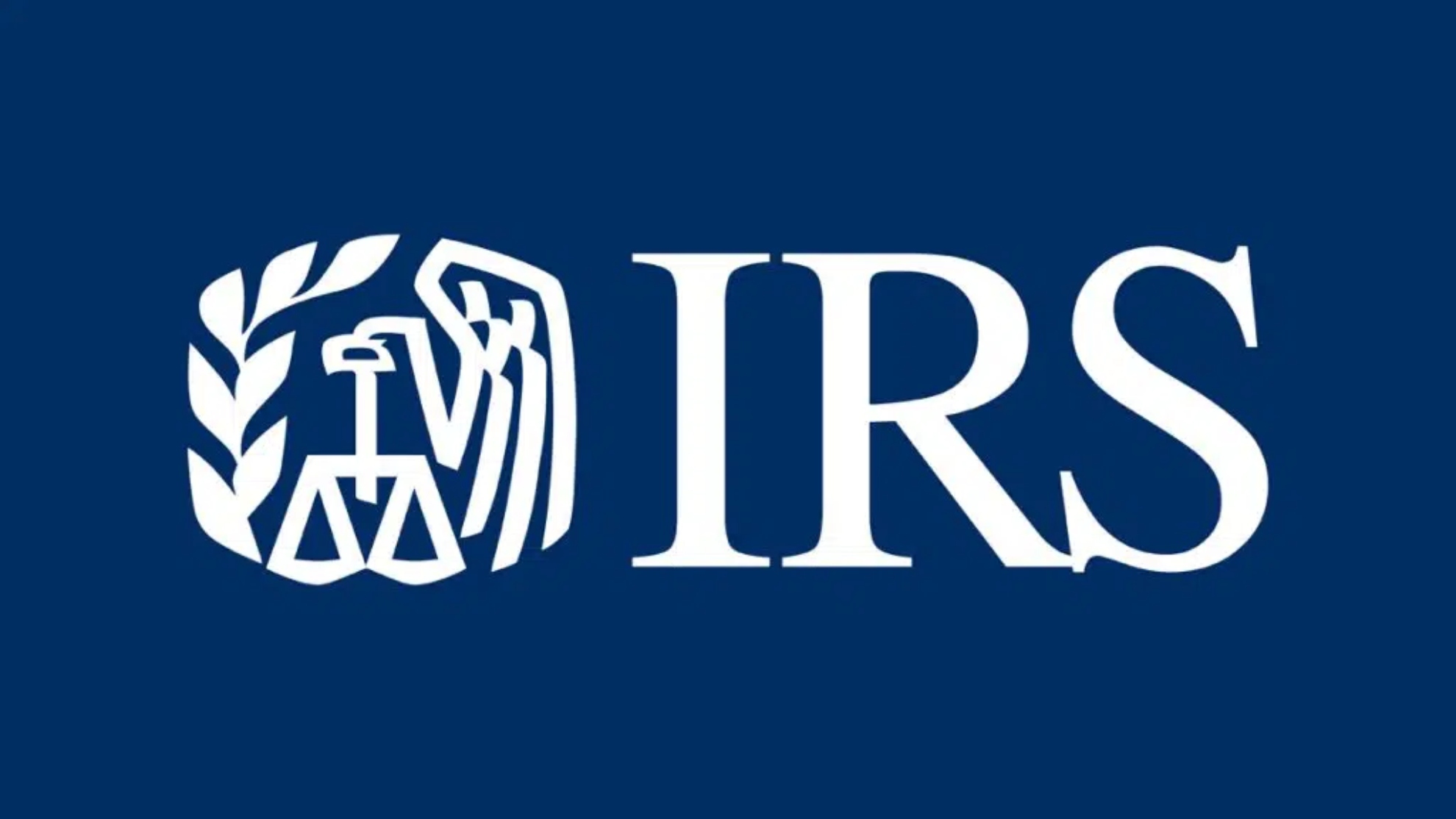The US Department of the Treasury and the Internal Revenue Service (IRS) released the final regulations (TD 10029) identifying transactions that are the same as, or substantially similar to, certain micro-captive transactions as listed transactions, a type of reportable transaction, and certain other micro-captive transactions as transactions of interest, another type of reportable transaction on 10 January 2025.
These regulations aim to ensure that businesses adhere to legitimate tax practices while subjecting those attempting to exploit the system to proper scrutiny and penalties. Material advisors and certain participants in these listed transactions and transactions of interest must file disclosures with the IRS and are subject to penalties for failure to disclose. The final regulations affect participants in these transactions as well as material advisors.
These regulations were later published in the Federal Register on 14 January 2025.
The final regulations follow a legal challenge concerning IRS Notice 2016-66.
The Treasury Department and the IRS are aware of a type of transaction in which a taxpayer attempts to reduce the aggregate taxable income of the taxpayer, related persons, or both, using contracts that the parties treat as insurance contracts and a related company that the parties treat as a captive insurance company.
Each entity that the parties treat as an insured entity under the contracts claims deductions for premiums for insurance coverage. The related company that the parties treat as a captive insurance company elects under section 831(b) of the Internal Revenue Code (the “Code”) to be taxed only on investment income and, therefore, excludes the payments directly or indirectly received under the contracts from its taxable income.
The manner in which the contracts are interpreted, administered, and applied is inconsistent with arm’s length transactions and sound business practices. The Treasury Department and the IRS believe this transaction (“micro-captive transaction”) has a potential for tax avoidance or evasion.
However, the Treasury Department and the IRS lack sufficient information to identify which section 831(b) arrangements should be identified specifically as a tax avoidance transaction and may lack sufficient information to define the characteristics that distinguish the tax avoidance transactions from other section 831(b) related-party transactions.
This notice identifies the transaction described in section 2.01 of this notice and substantially similar transactions as transactions of interest for purposes of section 1.6011-4(b)(6) of the Income Tax Regulations and sections 6111 and 6112 of the Code.
This notice also alerts persons involved in such transactions to certain responsibilities and penalties that may arise from their involvement with these transactions.

















